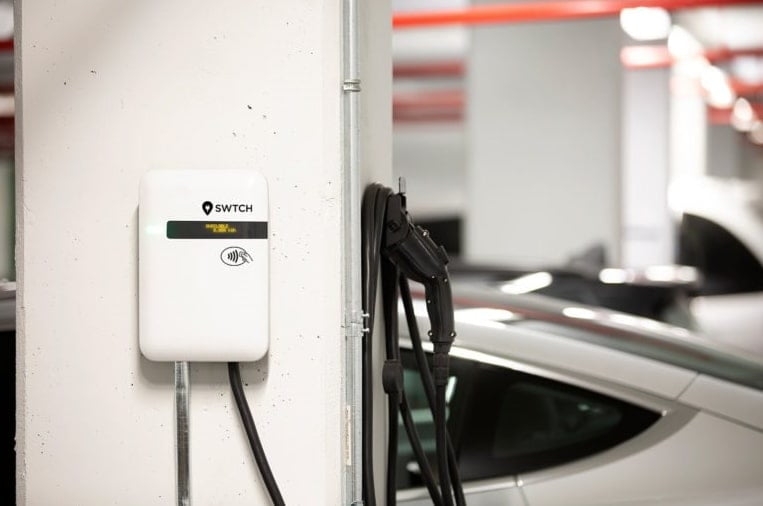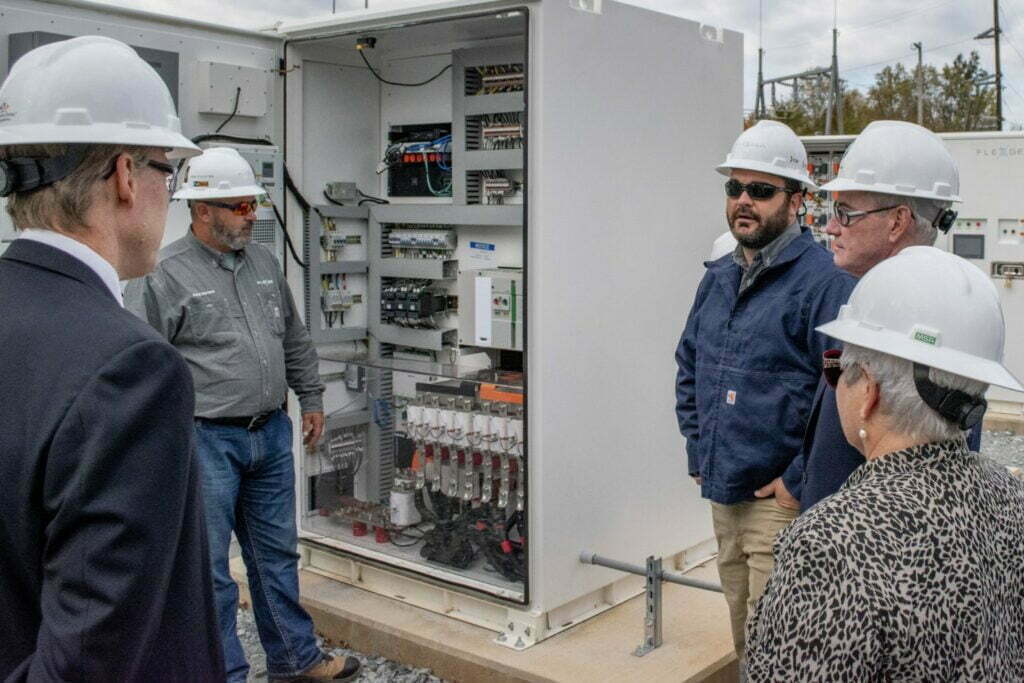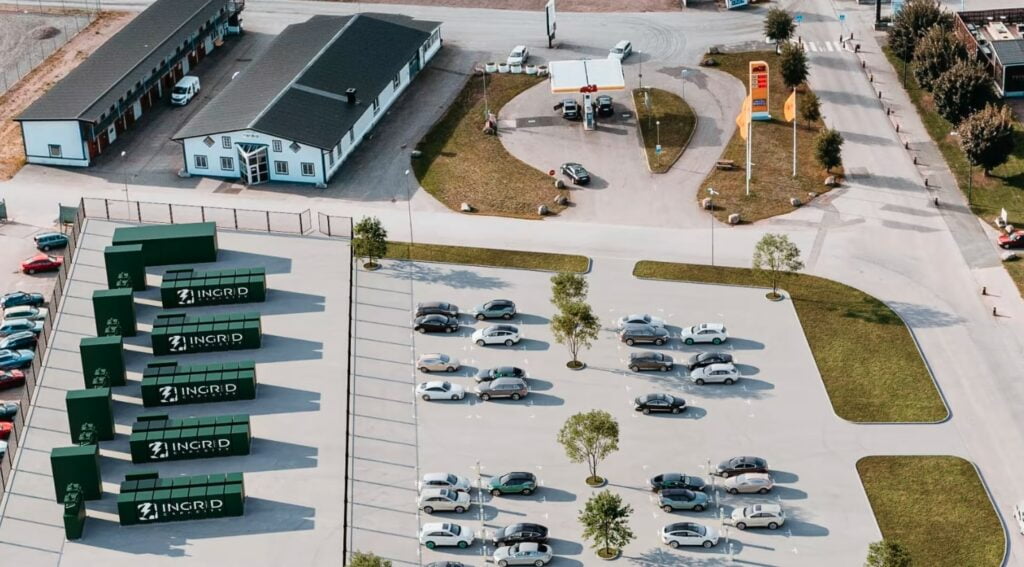Joseph L. Fiordaliso
The New Jersey Board of Public Utilities (NJBPU) has established the Competitive Solar Incentive (CSI) Program, a new program designed to promote grid-scale solar generation in New Jersey. CSI is a key part of the state’s Successor Solar Incentive initiative (SuSI), which was enacted by the board in 2021, and is expected to significantly increase the state’s solar program at a lower cost for ratepayers.
The new CSI program has a goal of incentivizing at least 300 MW of solar annually until 2026. The CSI program will primarily cover large projects, including all types of grid supply projects and net-metered, non-residential projects greater than 5 MW.
“The CSI program is a vital component of our new SuSI program and will play a major part in helping us meet our solar goals while decreasing costs to ratepayers,” states NJBPU President Joseph L. Fiordaliso. “Our growing solar program, which not only includes CSI and ADI but also community solar, is one of the core programs in achieving Governor Murphy’s goal of a 100 percent clean energy future.”
In addition to CSI, the SuSI program consists of the Administratively Determined Incentive (ADI) Program, which has been open for registrations since the beginning of the SuSI program on August 28, 2021. The ADI program set incentives for net-metered residential projects, net-metered non-residential projects of 5 MW or less, and community solar projects.
The CSI program is designed to provide maximum benefit to ratepayers at the lowest cost; support the continued growth of the solar industry; meet Governor Murphy’s commitment to 50% class I RECs by 2030 and 100% clean energy by 2050; provide insight and information to stakeholders through a transparent process for developing New Jersey’s long-term solar incentive program; and fully comply with the Solar Act of 2021.
The new program structure has separate categories, or tranches, to ensure that a range of solar project types, including those on preferred sites, are able to participate despite potentially different project cost profiles. The board has approved four tranches for grid supply and large net metered solar and an additional fifth tranche for storage in combination with grid supply solar.
Tranche 1 is open to basic grid supply with a procurement target of 140 MW, while Tranche 2 is for grid supply on the built environment with an 80 MW target. Tranche 3 is for grid supply on contaminated sites and landfills for 40 MW, Tranche 4 for net metered non-residential installations larger than 5 MW with a target of 40 MW, and Tranche 5 for storage paired with grid supply solar for 160 MWh.
After receiving an award in the solicitation, CSI projects will have three years to come on-line.
The CSI program design has siting requirements that apply to all projects eligible for the CSI program, regardless of whether they actually seek an incentive. These siting requirements follow stipulations laid out in the Solar Act of 2021 and establish construction requirements designed to uphold the mandate to “minimize, as much as is practicable, potential adverse environmental impacts.”
Solicitations will take place annually, and all projects that meet pre-qualification requirements will compete on price only. The first solicitation is scheduled to take place early 2023, with bids due on March 31, 2023.
Read the full board order here.
Continue reading










